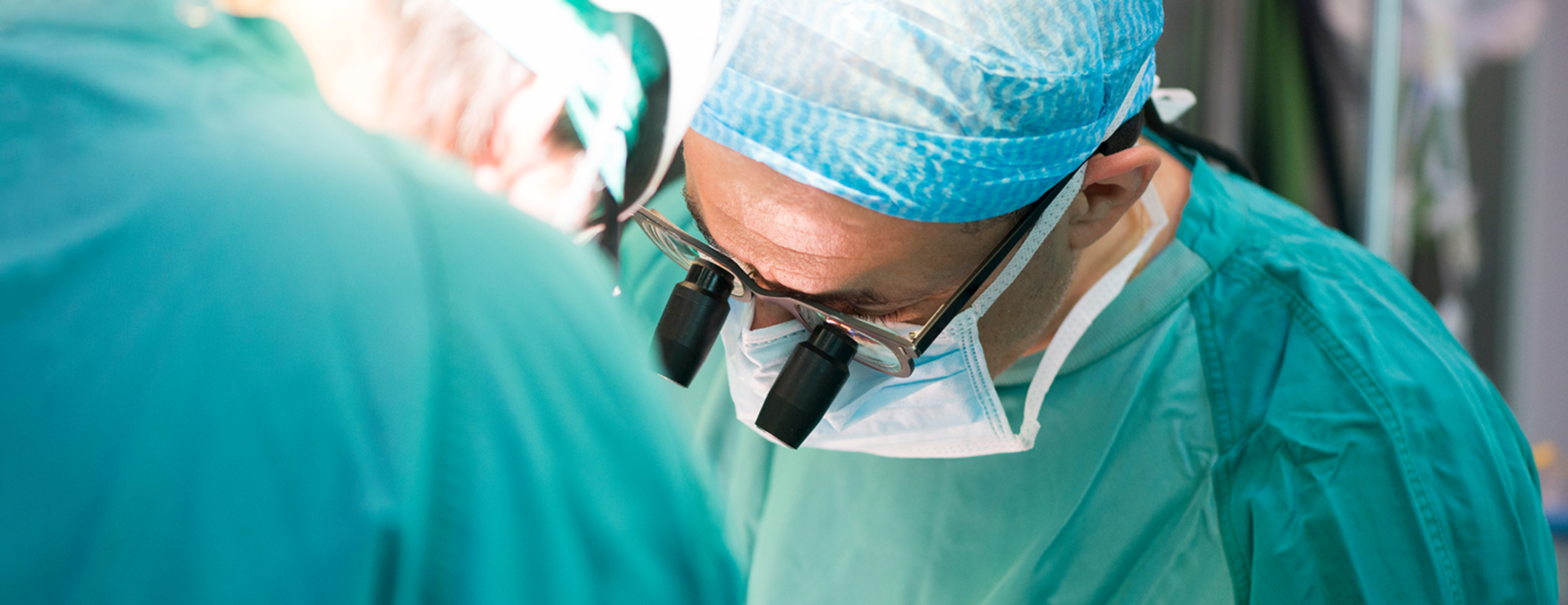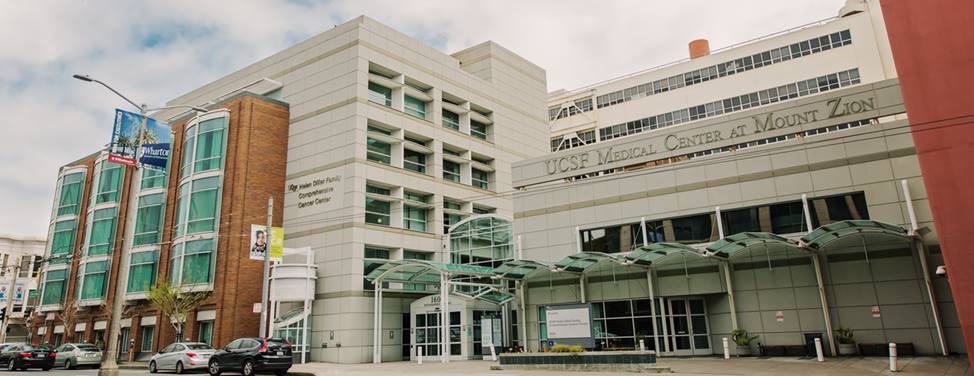Advantages
The benefits of minimally invasive CABG over traditional surgery include the following:
- Less pain
- Lower risk of infection and other surgical complications
- Lower risk of stroke and arrhythmia
- Less blood loss and reduced need for blood transfusions
- Shorter surgery time and less time under anesthesia
- Shorter hospital stay
- Faster recovery time and quicker return to normal activities
- Better aesthetic results (smaller scars)
Who may benefit
Most candidates for bypass surgery stand to benefit from this minimally invasive option. That's especially true for patients at higher risk from open-heart surgery because of age, frailty or other health conditions – such as obesity, diabetes and chronic obstructive pulmonary disease (COPD) – or because they are immunocompromised.
This procedure is not for all bypass patients, however. Prior surgery on the chest or lungs, radiation therapy to the chest, or intrapleural chemotherapy can leave adhesions and scar tissue that can complicate the ability to access the heart. But these are not absolute contraindications. We make our decisions on a case-by-case basis after a full evaluation.
Evaluation
Your doctor will decide whether you're a candidate for minimally invasive CABG based on a number of factors, including:
- The presence and severity of heart disease symptoms
- The severity and location of the coronary artery blockages
- Your response to other treatments
- Your quality of life
- Any other medical problems you have
The evaluation process is much the same for minimally invasive CABG as for the traditional surgery. Your doctor will perform a physical exam focused on your cardiovascular system. Tests will be done to find out which arteries are clogged, the extent and location of the blockages, and whether your heart is damaged. These tests include:
- Electrocardiogram (EKG) – This simple test detects and records your heart's electrical activity. It's used to help detect heart problems and locate their source.
- Angiogram – A catheter (thin, flexible tube) is inserted into a blood vessel (usually in the groin area) and threaded through to the heart. A dye is injected through the catheter and special X-rays track the blood flow through your heart and arteries. The scan shows where the blockages are and whether your blood vessels are healthy and large enough to support a bypass.
- Left heart catherization – This is similar to an angiogram and may be done instead. A catheter is threaded through blood vessels to the heart and arteries, and dye is injected. The resulting X-ray images highlight blood flow through the arteries, allowing the doctor to locate blockages and determine whether your arteries are in good enough shape to support a bypass.
- Transthoracic echocardiogram (TTE) – In this noninvasive ultrasound scan, the transducer (the device emitting sound waves to produce images of your heart) is held against your chest. The test provides information about how well your heart valves and chambers are working and how blood is moving through.
- Arterial mapping – An ultrasound evaluation that is used to obtain detailed pictures of radial arteries (in the forearm) that may be used as bypass grafts. The graft vessels are obtained through an endoscopic technique that requires only a tiny incision at the wrist.
Procedure
The operation lasts from two and a half to three and a half hours. You are under general anesthesia (completely asleep). The team attending you includes your cardiothoracic surgeon, an anesthesiologist, other doctors, and nurses. If your doctor decides you need the support of a heart-lung machine, a perfusionist (a heart-lung bypass machine specialist) will also be present.
The surgeon makes a 2- to 2½-inch incision between ribs on the left side of the chest. Specialized surgical instruments are inserted through the incision, as well as an endoscope, a tube with a camera attached, which allows the doctor to see inside your chest. Muscles in the area are pushed apart. The surgeon finds and prepares an artery on the chest wall (the internal mammary arteries) and then attaches it to the affected coronary artery, just after the blockage. If there's more than one clogged artery, the process is repeated. Once all the bypasses are connected, the instruments are withdrawn and the incision is closed.
Patients with weak or dilated hearts may need to be on a heart-lung bypass machine during the surgery. However, the heart is not stopped, as it is in the traditional procedure. Your doctor will let you know ahead of time whether this is necessary.
Recovery
For the first 18 to 24 hours after surgery, you are in the cardiac critical care unit, where we can closely monitor your condition. You are then moved to a regular hospital room for another day or so. Most patients are discharged three days after surgery. You'll receive instructions on how to care for yourself at home.
One of the biggest advantages of minimally invasive CABG is the short recovery time. Most patients are free to move as they wish – they can even drive as soon as they leave the hospital. Most are cleared for all normal physical activities in 10 to 15 days, whereas recovery from traditional CABG takes three to four months.
As in traditional CABG, patients experience excellent results. Many remain symptom-free for many years, though clogs can develop in the grafted arteries or in arteries that weren't previously blocked. Lifestyle changes and medications can help prevent new blockages.
Risks
The minimally invasive procedure reduces the likelihood of some of the most common complications of traditional CABG. Because the incision is smaller and no bones are cut, the risk of bleeding during or after minimally invasive CABG is lower. There's less risk of stroke or atrial fibrillation because the heart is not stopped. Also, the smaller incision reduces the chance of infection.
The less common risks are about the same for the two approaches to CABG. These possibilities include pneumonia or breathing problems, pancreatitis, kidney failure and graft failure.









